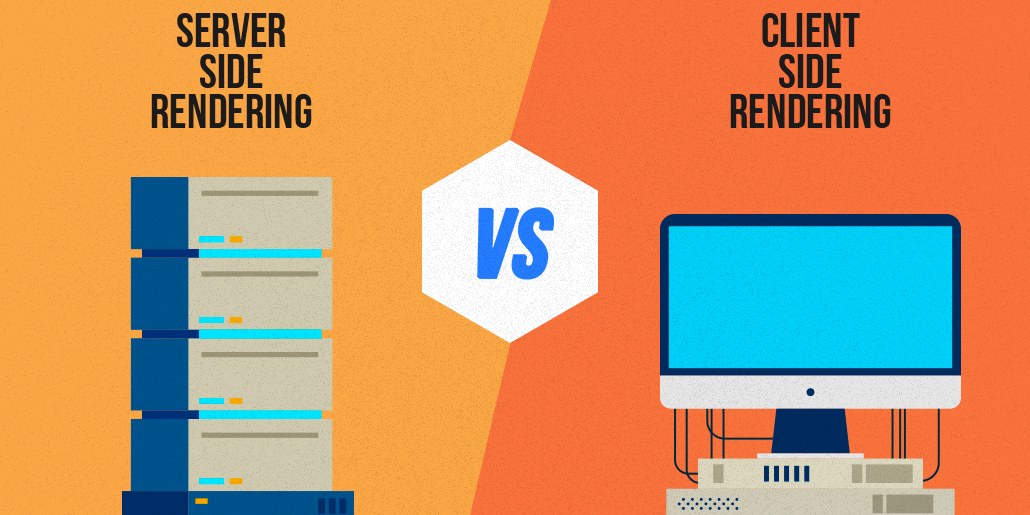At times it seems like Web improvement patterns are switching the tried and true way of thinking at regular intervals. A couple of things have stayed consistent all through, and one of them is that great sites need to appear well in indexed lists. Web search tools are the front pages of the Web, and their central goal has been 100% of the time to list sites that are top notch and pertinent to a pursuit term. There could be no more excellent method for directing people to your site than to make it meet these models.
It sounds straightforward, however Search Engine Optimization (SEO) is a full-time calling. Web search tools change their methodologies, the things they measure, and their other mystery recipes throughout the long term, and, in addition, we’ve changed the manner in which we fabricate sites. The requirement for SEO is as solid as could be expected, and SEO specialists are utilized to the quick speed of progress. All things considered, a few changes are huge enough that we need to reconsider how web search tools do what they do and change SEO best practices to mirror the ebb and flow reality.
What is SSR? Furthermore for what reason is it significant?
Since their development, web crawlers have dissected sites by perusing the HTML produced by their servers. However, the term Server-Side Rendering (SSR) is genuinely new. Until the most recent couple of years, we just referred to it as “delivering,” since it was the main way Web pages were served.
The Web has developed into a rich application stage. Everybody presently expects Web pages to be pretty much as intuitive and dynamic as some other graphical connection point, and we accomplished that by concocting ways of composing HTML on the fly with JavaScript. A large part of the cutting edge Web is worked with these more adaptable client-side delivering (CSR) procedures. They have ended up being the most ideal way to creator dependable and adaptable powerful sites.
However, web search tool crawler bots aren’t undeniable Web programs. They need to move quickly through an immense snare of content. For quite a long time, these bots didn’t run JavaScript and didn’t uphold CSR; assuming your site utilized CSR to show its substance and usefulness, the Googlebot just wouldn’t see it. Since this was the situation for such a long time, SSR is all around perceived as the substance delivering technique the most appropriate for guaranteeing HTML content is promptly accessible for present day web index crawlers/bots. Now, we’ll accept that information on SSR is surely known from a procedure and execution viewpoint. It’s a fundamental element of the Web stage
CSR is valuable to the end-client experience, however it brings up various issues around guaranteeing predictable positioning and situation necessities inside web crawler results. Most significant locales, and particularly most eCommerce destinations, have tended to this by delivering the “indexable” content of a Web page on the server and afterward changing to CSR to deal with the page whenever it’s stacked. SSR is the extraordinary, dependable arrangement here. We likewise realize that – when not executed as expected – SSR can make a site more slow. Today, speed and execution are similarly, while perhaps not more, critical to guarantee web index positioning/arrangement. In the event that a web index could creep CSR-created sites, it would be least difficult and quickest to deliver the entire application with CSR, since you will require it for the extravagant parts. At this moment, the biggest web indexes are beginning to help CSR in their crawler bots, and ultimately we will see numerous early adopters with extremely high outcome rankings, regardless of doing no SSR by any means.
Be that as it may, organizations have come to depend on SEO and web crawler promoting (SEM) as a basic variable for client obtaining and age of income. Whatever is counter to the procedures that have effectively worked throughout the most recent ten years can possibly altogether affect a business’ proceeded with progress. Requesting that shippers take the jump toward Progressive Web Apps (PWAs) and Web customer facing facades that depend intensely on CSR versus SSR is a tall inquire.
With PWA Studio, we’re endeavoring to work for what we consider to be the fate of the Web (where dependence on SSR is at this point not a hard necessity) while as yet obliging for the current vendor needs and concerns.
So we should jump off course a little and audit a portion of the contentions for and against SSR with PWA Studio, as well as a portion of the current choices/abilities for meeting these prerequisites.
Is SSR vital?
There’s actually no basic response here. There are contentions for and against SSR, particularly with regards to PWAs and dynamic JS-based applications/customer facing facades. There is positively no contention about the adequacy of SSR over the lifetime of the Web. It does, be that as it may, add extra upward and cost to make it happen, so we should be clear-peered toward concerning the amount SSR is as yet accomplishing for ourselves and regardless of whether it’s worth the effort. Given current programs and advancements, it’s reasonable to scrutinize the proceeded with significance (and extra expense) of SSR – particularly when it is progressively obvious that web crawlers are equipped for ordering dynamic locales and constantly working on their adequacy.
Normal contentions for SSR commonly reduce to:
• We want to carry out SSR in light of the fact that it has worked previously and keeps on working. We are not ready to gamble with our business goals while designers stick around to perceive how the SSR/CSR story creates before very long.
• Other large innovation organizations keep on putting resources into and have a dependence on SSR; it’s not only for SEO.
• SSR is as yet expected to serve metadata for media objects since the SEM bots actually aren’t running JavaScript.
• As an accomplice or office, not having a reasonable SEO technique that depends on SSR is thwarting our capacity to construct vendor certainty and further develop reception of PWAs.
• There isn’t sufficient information/proof that negligible (or even no) SSR really works without altogether affecting SEO.
What’s more contentions against SSR:
• High-profile Web improvement pioneers regularly deter SSR in light of the fact that unfortunate executions can decrease execution and positioning. In PWAs particularly, the UI should stack as soon as could really be expected, regardless of whether it’s not completely stacked. SSR does a great deal of direct front estimations which the CSR-driven client probably won’t utilize.
• Dangers of stage lock-in or code duplication. The head insight of an eCommerce PWA is client-side, as a powerful local inclination JS application, yet cross-stage SSR requires executing that involvement with two better places – the server and the client – and the rationale can’t actually be reused. The one answer for that is to utilize a server that can deliver HTML produced by the frontend UI code. The best server for this is NodeJS, since it can run the JavaScript UI code straightforwardly and produce HTML reactions. However, that secures designers in a specific backend innovation.
• SSR builds TCO due to the extra tech prerequisites and the additional means being developed and persistent incorporation. It’s simpler than it used to be, yet it’s in every case additional work to compose code that will run in two altogether different conditions.
• As web search tools improve at ordering dynamic locales – and the significant ones are incredible at it today – it becomes more diligently to legitimize the expense of SSR.
What SSR arrangements exist for PWA Studio?
Does PWA Studio, today, support SSR? While there are various potential arrangements and regions for upgrade, indeed, PWA Studio does uphold and consider SSR. In the event that you’ve been a member locally #pwa Slack channel, you know this has been an interesting issue of late that we’ve invested a lot of energy covering in our week after week PWA Studio Community gatherings.
To sum up the current choices for executing SSR, today, with PWA Studio:
• Up gives an answer for basic SSR delivering of page information and metadata. This serves a basic use case that PWA advocates view as a best practice. For more mind boggling prerequisites (delivering the full page React application), different arrangements are accessible.
• Prerender with a headless program crawler. Jordan Eisenburger (Experius) suggests a Rendertron arrangement. It is harmless to the dev interaction, yet first-time clients might experience issues setting it up. This instrument is utilized on the Eleganza site and will go open source as SEOSnap.
• Shane Osbourne (JH) suggests pre-endering the React application with something like ReactDOMServer on the grounds that it is a notable and upheld approach. This approach is feasible, skilled, and quick, yet it requires a NodeJS Web server underway, alongside different prerequisites of Magento 2.
• Niklas Wolf (Mothership) prescribes steering bots to a help, for example, Prerender.io to serve up prerendered HTML pages. This is like the prerender approach utilized by Experius, with the exception of it utilizes a SaaS prerenderer rather than a specially facilitated one.
So what’s next for PWA Studio and SSR?
We’ve paid attention to and gained from our local area, and we comprehend that our deliberately negligible SSR arrangement doesn’t offer to the point of unhesitatingly beginning new store organizations. SSR will be less significant in the Web’s future; we stay certain. However, we really want to assist you with accomplishing all the more today.
Our most prominent expectation is that PWA Studio will give you choices for normal, basic SSR by opening up the server-side render rules as a feature of our new extensibility system. We need a biological system of PWA augmentations to develop, and they ought to incorporate choices for server-side render.
Decision is great, and Magento isn’t Magento without strong extensibility. Notwithstanding, we’re actually dedicated to conveying further developed instruments and assets to work on the engineer insight and cost around here.








